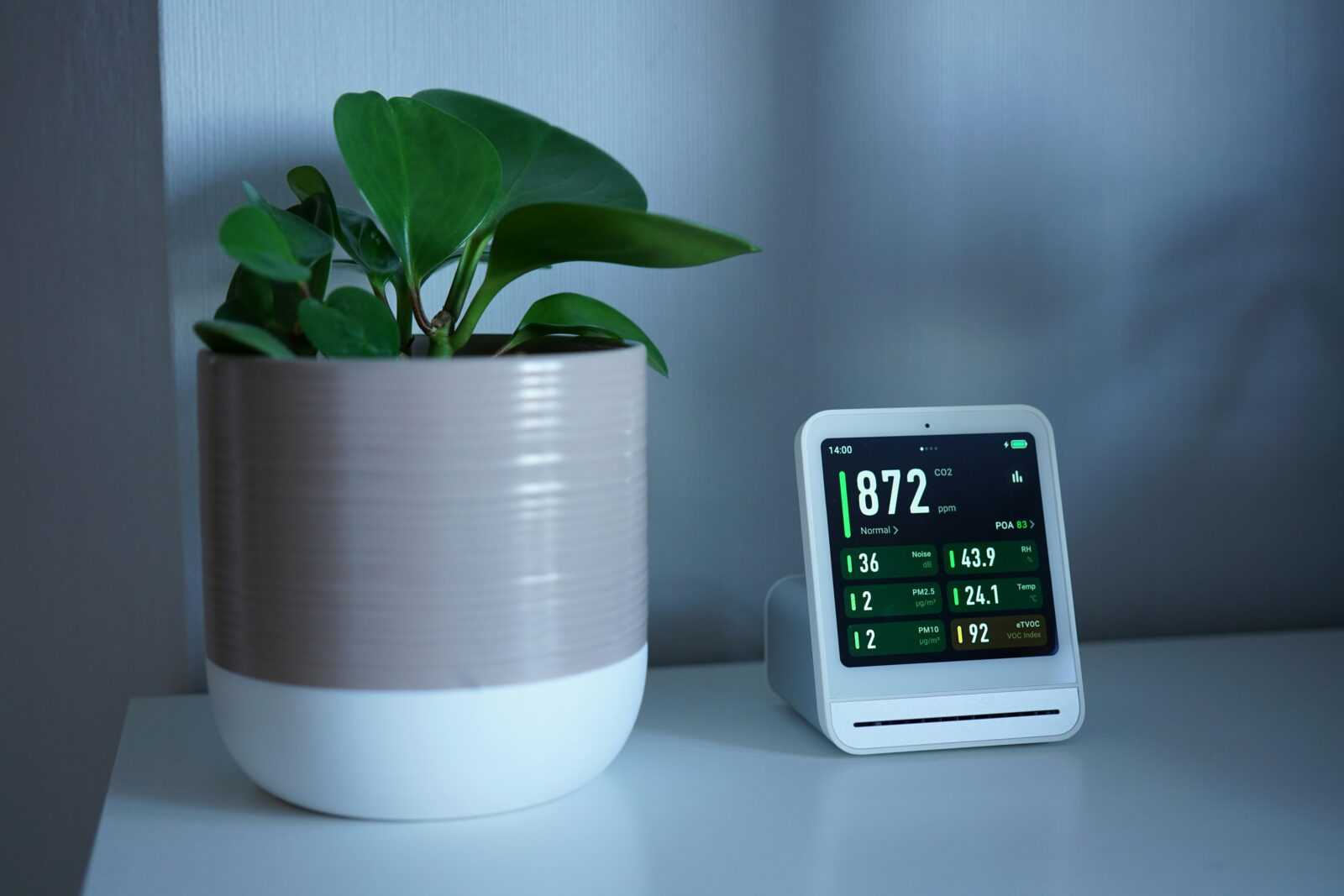The Emergence of Telehealth
Bridging the Gap in Rural Healthcare
Telehealth has been instrumental in bridging the gap in rural healthcare by providing access to medical services remotely. Living in a rural area myself, I understand the challenges of limited healthcare facilities. With telehealth, individuals in remote locations can now connect with healthcare professionals without the need to travel long distances. This technology has significantly improved the quality of care for many rural communities, ensuring that essential medical services are more readily available.
The Convenience of Virtual Consultations
Virtual consultations have revolutionized the way patients interact with healthcare providers. In my experience, virtual consultations have provided a convenient way to seek medical advice without the hassle of scheduling appointments and spending hours in waiting rooms. The convenience of virtual consultations not only saves time but also allows for more frequent check-ins and follow-ups, leading to better health outcomes. This shift towards virtual healthcare services has made accessing medical guidance easier and more efficient for individuals with busy schedules.
Wearable Technology for Continuous Monitoring
Smartwatches and Fitness Trackers
Innovative wearable technology, such as smartwatches and fitness trackers, plays a pivotal role in continuous health monitoring. These devices are designed to track various health metrics in real-time, providing users with valuable insights into their well-being. For instance, smartwatches can monitor heart rate, activity levels, and even track sleep patterns. By wearing these gadgets, individuals can proactively manage their health and detect any anomalies early on. Integrating such wearables into daily routines promotes a proactive approach to health management, empowering users to make informed decisions about their lifestyle choices.
Advanced Wearables for Chronic Disease Management
Advanced wearables are revolutionizing the management of chronic diseases by enabling continuous monitoring outside traditional healthcare settings. These devices cater to individuals with conditions such as diabetes, heart disease, and respiratory disorders, offering personalized monitoring and intervention. By collecting and analyzing data round the clock, advanced wearables provide healthcare professionals with comprehensive insights into a patient’s health status. This real-time data allows for timely interventions, adjustments to treatment plans, and proactive measures to prevent health complications. Patients benefit from personalized care, improved disease management, and enhanced quality of life through the seamless integration of advanced wearables into their daily routines.
Artificial Intelligence in Diagnosis and Treatment

AI for Early Disease Detection
Incorporating artificial intelligence (AI) into healthcare has revolutionized early disease detection. It enables healthcare providers to analyze large volumes of data swiftly and accurately, assisting in the identification of patterns that may indicate the presence of diseases at their incipient stages. AI algorithms can process medical images, such as MRIs and X-rays, with remarkable precision, aiding in the early diagnosis of conditions like cancer and neurological disorders. By leveraging AI for early disease detection, healthcare professionals can initiate timely interventions, potentially improving patient outcomes and prognosis significantly.
Personalized Medicine Through Machine Learning
Machine learning algorithms have paved the way for personalized medicine by analyzing vast datasets to tailor treatments to individual patients. By considering a patient’s genetic makeup, lifestyle factors, and medical history, machine learning models can predict the most effective treatment options for specific individuals. This customization of treatment plans enhances therapeutic outcomes, minimizes adverse effects, and optimizes patient satisfaction. Personalized medicine, powered by machine learning, marks a significant advancement in healthcare, offering targeted interventions that address the unique needs of each patient.
Blockchain for Secure Patient Data Management
Enhancing Patient Privacy and Control
Blockchain technology offers a secure and transparent way to manage patient data, enhancing privacy and control. It ensures that sensitive health information is encrypted, decentralized, and accessible only through secure keys. By utilizing blockchain for data storage and access, healthcare providers can safeguard patient privacy while allowing individuals greater control over who can view their medical records.
Streamlining Healthcare Record Keeping
Implementing blockchain in healthcare streamlines record-keeping processes by creating a single source of truth for patient data. This decentralized approach eliminates the need for multiple data entry points, reducing errors and ensuring data consistency. With blockchain, healthcare professionals can access accurate and up-to-date information efficiently, leading to improved patient care and treatment outcomes.
The Integration of Virtual Reality in Therapy
I have discussed how various technologies are transforming healthcare, from wearables to AI and blockchain. Now, let’s delve into the fascinating world of virtual reality (VR) and its integration into therapy.
VR for Pain Management and Rehabilitation
In therapy, VR offers incredible potential for pain management and rehabilitation. It immerses patients in virtual environments that distract them from pain sensations, making procedures more bearable. For example, burn victims can use VR to immerse themselves in snowy landscapes, reducing their perception of heat. Additionally, VR aids in physical therapy by engaging patients in interactive activities that promote movement and coordination. This immersive technology is not only effective but also enhances patient experience and outcomes.
Immersive Technology for Mental Health Treatments
Immersive technology, particularly VR, is revolutionizing mental health treatments. By creating simulated environments, VR provides exposure therapy for phobias and PTSD in a controlled and safe setting. Patients can confront their fears gradually, helping them overcome anxieties. Moreover, VR environments can be customized to suit individual needs, offering personalized therapy experiences. From anxiety disorders to PTSD, immersive technology is a game-changer in mental health, providing innovative and effective treatment options.
3D Printing’s Role in Customized Care
Prosthetics and Implants Tailored to Patients
In the realm of healthcare, 3D printing has transformed the way prosthetics and implants are designed and manufactured. It enables the customization of prosthetic limbs and implants to perfectly fit the unique anatomy of each individual. This personalized approach ensures a more comfortable fit, better functionality, and improved quality of life for patients. By utilizing 3D printing technology, healthcare providers can create tailor-made solutions that cater to specific patient needs with precision and efficiency.
Revolutionizing Drug Formulation and Delivery
Another groundbreaking application of 3D printing in healthcare is the revolutionizing of drug formulation and delivery methods. This innovative technology allows for the production of custom drug formulations tailored to individual patients’ requirements. By creating personalized medications based on factors such as dosage, release rates, and formulation, healthcare professionals can optimize treatment outcomes while minimizing side effects. Furthermore, 3D printing facilitates the development of complex drug delivery systems, such as personalized drug-eluting implants, enabling targeted and controlled drug release for enhanced therapeutic effects.
Robotics in Surgical Procedures
Precision and Efficiency with Robotic Surgery
Integrating robotics in surgical procedures enhances precision and efficiency. Surgeons utilize robotic systems to perform minimally invasive surgeries with improved accuracy. By controlling robotic arms with advanced visualization and enhanced dexterity, surgeons can access targeted areas with minimal invasiveness, leading to reduced blood loss, smaller incisions, and faster recovery times. This innovation ensures precise movements, reducing the risk of human error and offering better outcomes for patients.
Human-Robot Collaboration in Complex Operations
In complex operations, human-robot collaboration plays a crucial role in augmenting surgical capabilities. Surgeons work alongside robotic systems to leverage their precision and flexibility, particularly in intricate procedures where accuracy is paramount. The synergy between human expertise and robotic assistance enables surgeons to conduct complex surgeries more effectively, ensuring optimal outcomes for patients. This collaboration optimizes clinical results, enhances patient safety, and expands the boundaries of what is achievable in the field of surgical interventions.
Mobile Health Apps and Health Informatics
Continuing our exploration of how technology is transforming healthcare, let’s delve into the realm of mobile health apps and health informatics.
Empowering Patients Through Health Tracking Apps
Health tracking apps have revolutionized how individuals monitor their well-being. These mobile applications allow users to track various aspects of their health, such as physical activity, nutrition, sleep patterns, and even vital signs like heart rate and blood pressure. By providing real-time feedback and personalized insights, these apps empower individuals to take control of their health and make informed decisions about their lifestyle choices.
With the integration of features like reminders, goal setting, and progress tracking, health tracking apps motivate users to stay consistent with their health routines. Whether it’s monitoring daily steps, caloric intake, or hydration levels, these apps serve as virtual health companions that keep users accountable and motivated towards achieving their wellness goals.
Big Data Analytics for Predictive Healthcare
In today’s healthcare landscape, big data analytics plays a crucial role in predictive healthcare. By analyzing vast amounts of health data, including electronic health records, diagnostic images, genomic information, and wearable device data, healthcare providers can gain valuable insights into patient populations and trends.
Big data analytics enables healthcare professionals to identify patterns, trends, and potential health risks at an individual and population level. This proactive approach allows for early intervention, personalized treatment plans, and preventive strategies to improve patient outcomes and reduce healthcare costs.
Incorporating predictive analytics into clinical decision-making enhances healthcare delivery by anticipating patient needs, optimizing resource allocation, and improving overall quality of care. By leveraging the power of big data, healthcare providers can revolutionize patient care, making healthcare more personalized, efficient, and effective.
Conclusion
As we’ve seen, the landscape of healthcare is rapidly evolving with the integration of cutting-edge technologies. From wearable devices to AI-driven solutions, the innovations discussed in this article are reshaping the way healthcare is delivered. The utilization of virtual reality, 3D printing, and robotics is paving the way for more personalized and efficient treatment options. Mobile health apps and big data analytics are empowering both individuals and healthcare providers to make data-driven decisions for better health outcomes. The future of healthcare is bright, with technology playing a pivotal role in enhancing patient care, improving diagnostics, and revolutionizing the entire healthcare industry. Stay tuned for more exciting advancements in the tech-driven healthcare sector!

 Amber Derbyshire is a seasoned article writer known for her in-depth tech insights and analysis. As a prominent contributor to Byte Buzz Baze, Amber delves into the latest trends, breakthroughs, and developments in the technology sector, providing readers with comprehensive and engaging content. Her articles are renowned for their clarity, thorough research, and ability to distill complex information into accessible narratives.
With a background in both journalism and technology, Amber combines her passion for storytelling with her expertise in the tech industry to create pieces that are both informative and captivating. Her work not only keeps readers up-to-date with the fast-paced world of technology but also helps them understand the implications and potential of new innovations. Amber's dedication to her craft and her ability to stay ahead of emerging trends make her a respected and influential voice in the tech writing community.
Amber Derbyshire is a seasoned article writer known for her in-depth tech insights and analysis. As a prominent contributor to Byte Buzz Baze, Amber delves into the latest trends, breakthroughs, and developments in the technology sector, providing readers with comprehensive and engaging content. Her articles are renowned for their clarity, thorough research, and ability to distill complex information into accessible narratives.
With a background in both journalism and technology, Amber combines her passion for storytelling with her expertise in the tech industry to create pieces that are both informative and captivating. Her work not only keeps readers up-to-date with the fast-paced world of technology but also helps them understand the implications and potential of new innovations. Amber's dedication to her craft and her ability to stay ahead of emerging trends make her a respected and influential voice in the tech writing community.
